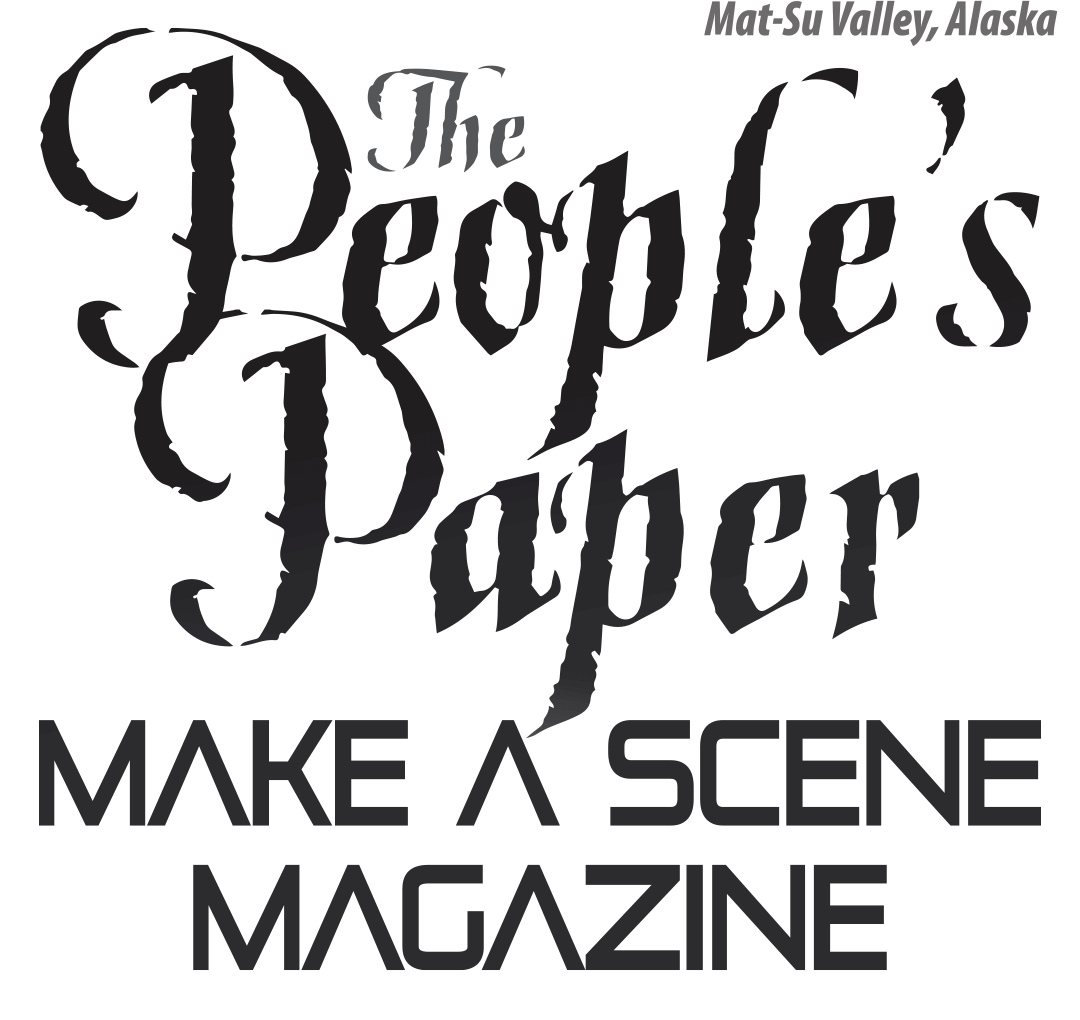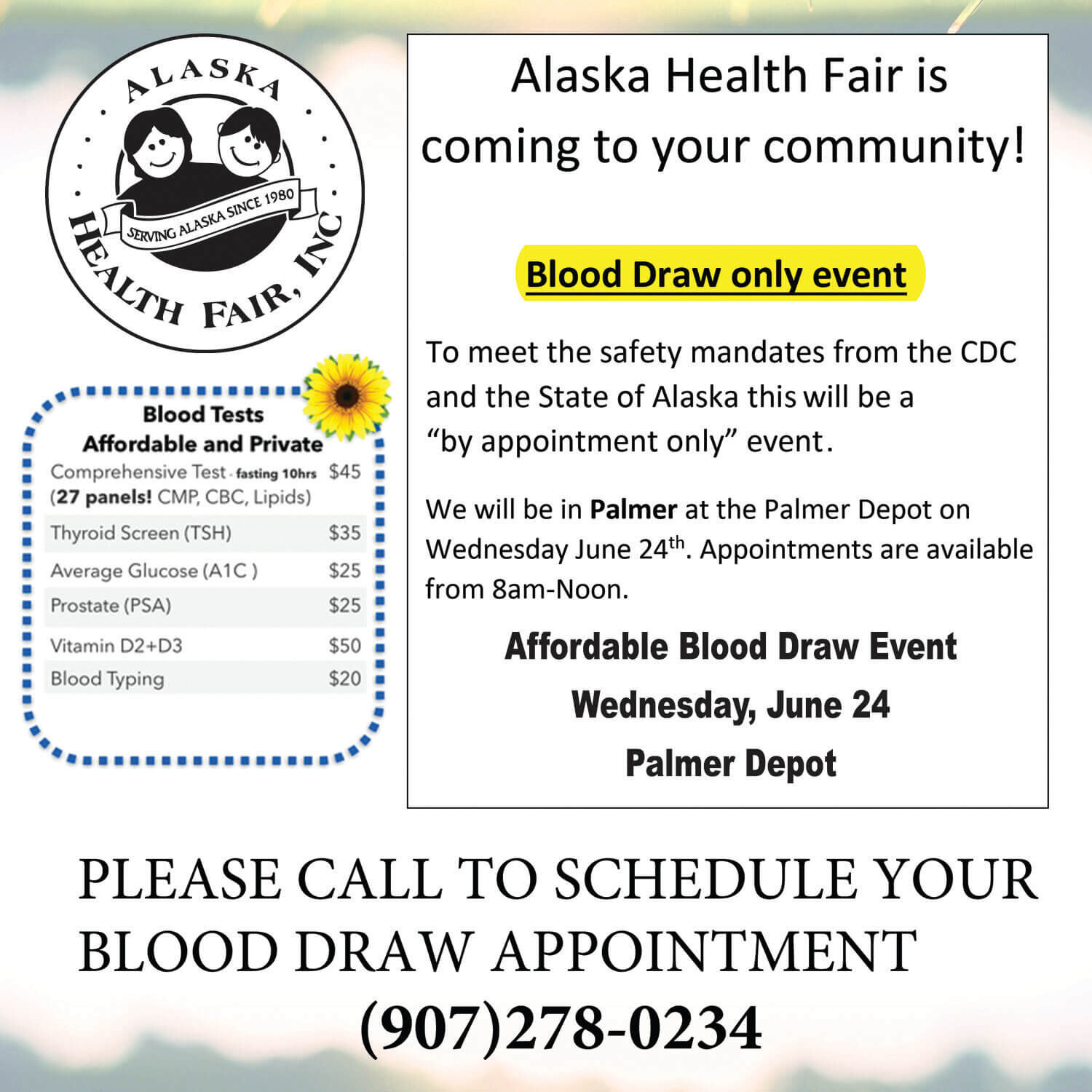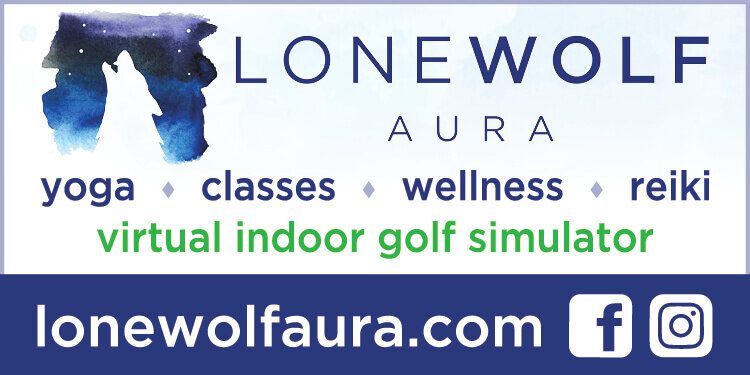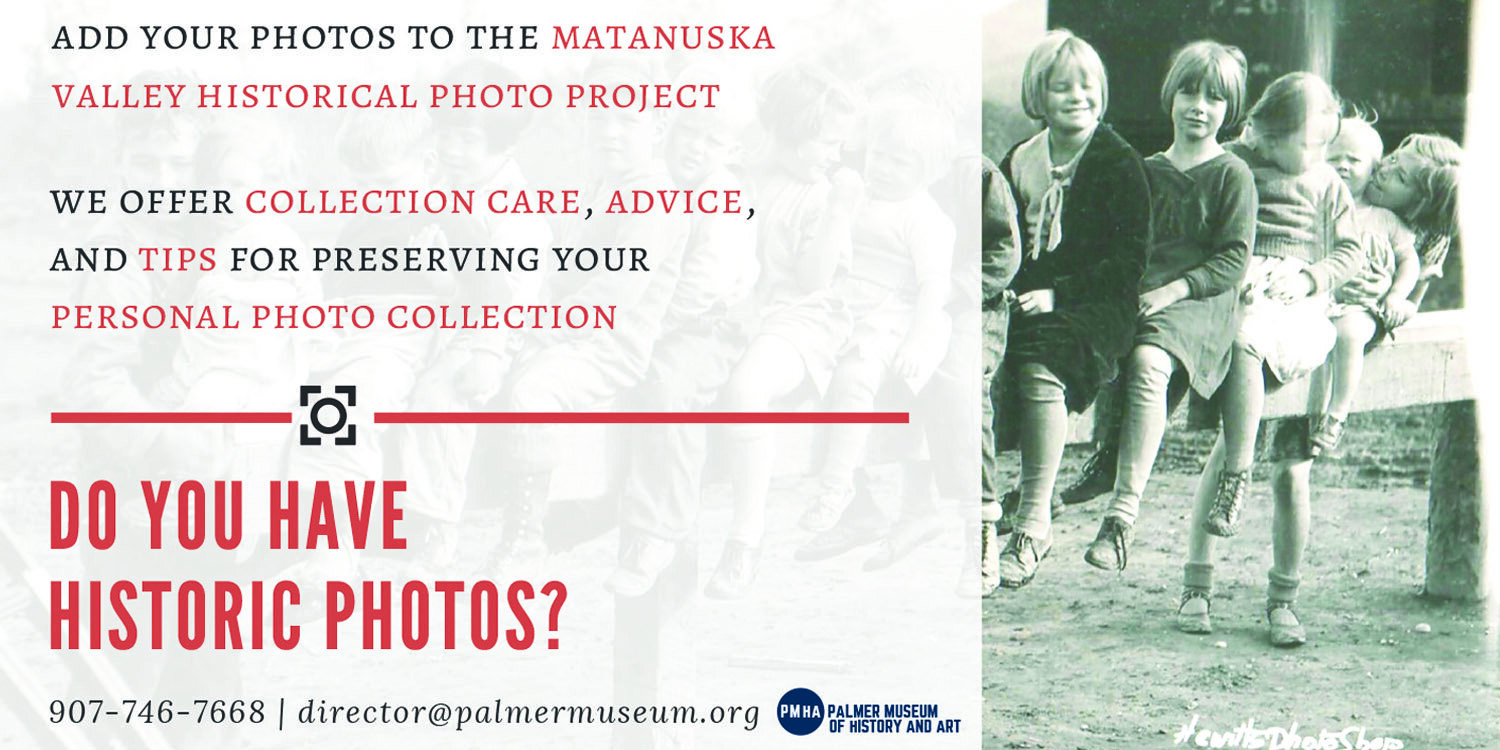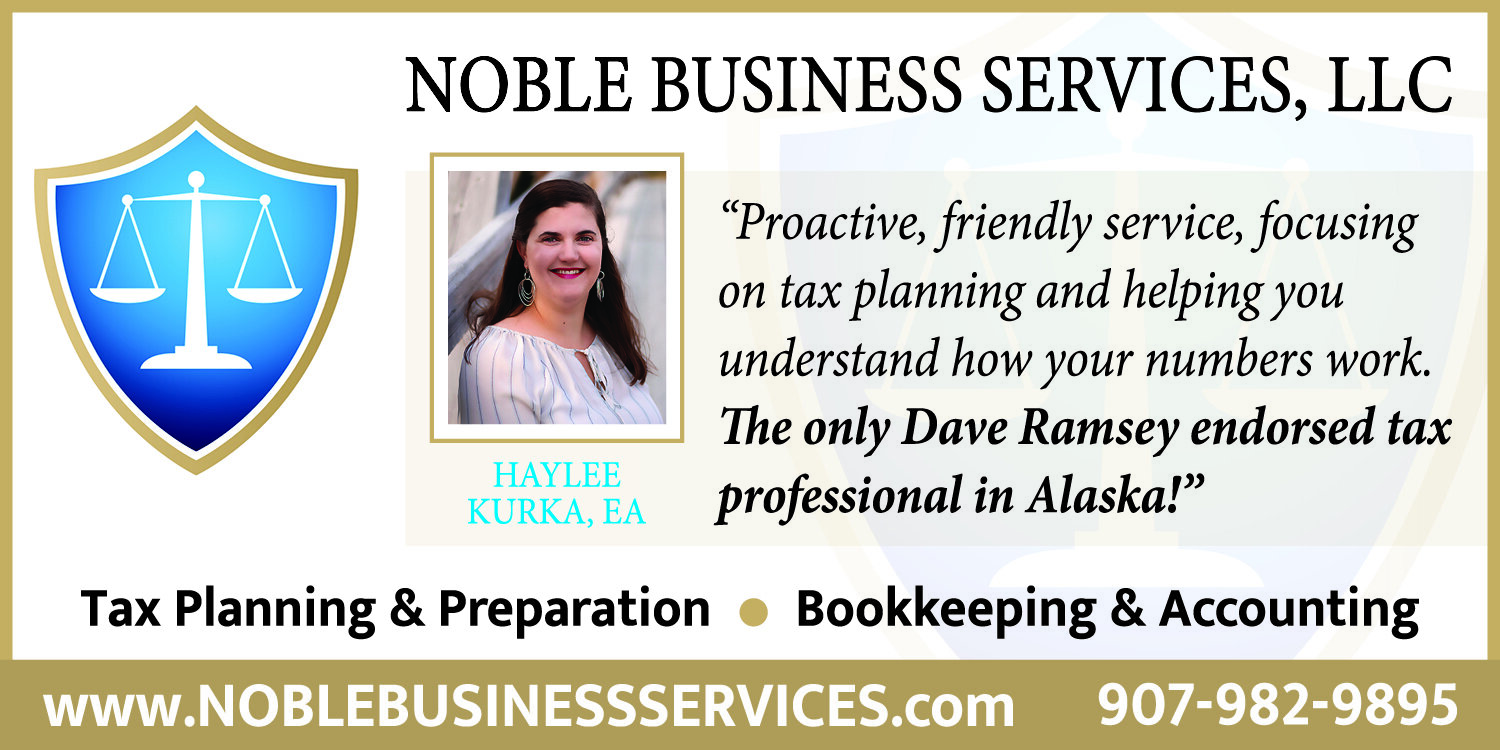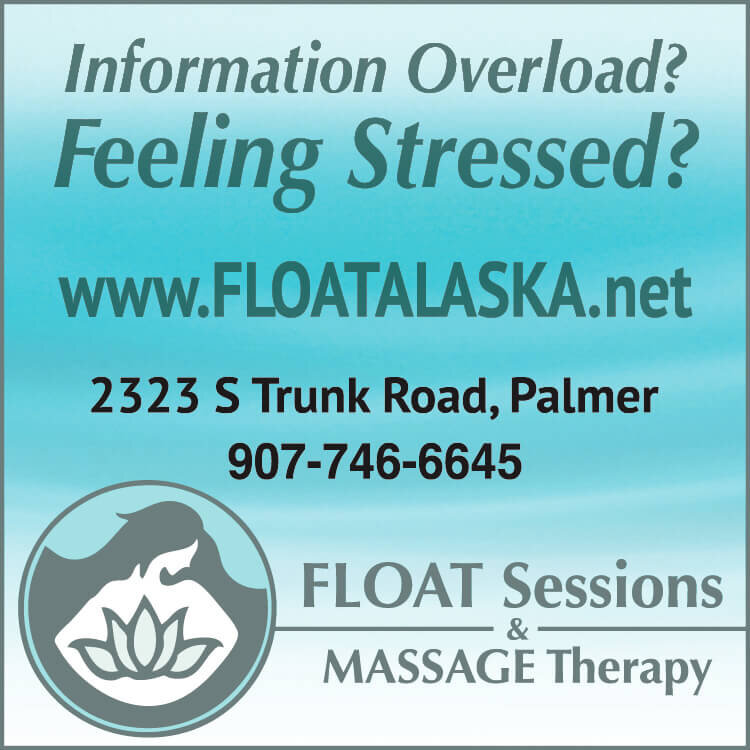Test for Radon Julie Cascio, UAF Cooperative Extension Service
With buildings closed due to outside cold, January is the time to test for radon gas in your home. Radon is a radioactive gas which occurs naturally. It is the decay of Uranium below the earth’s surface. Small cracks and holes in the foundation or sides allow radon to flow into a building. In the winter when people have their homes closed up there can be higher levels of radon because of the “stack effect”. This illustrates that as cold air comes underneath the home, it warms up, expands and rises.
Radon is the second leading cause of lung cancer. (Tobacco smoke is first.) Radon lets radioactive alpha particles loose, which slam into lung lining cells. This can damage the lungs and cause lung cancer. Most radon exposure occurs in the home or workplace where people spend a lot of time. It has no taste, smell, or color. To find how much radon is present inside a building, a radon test kit is used to sample indoor air quality.
To get a radon test kit for a home or business in the Mat-Su, on January 23 visit the Matanuska Experiment Farm, 1509 S Georgeson Dr, Kerttula Room 103, Noon to 6 p.m. In Anchorage, call 786-6330 or Alaska Radon Hotline at 800-478-8324
Radon can vary widely from one home to another- even in the same neighborhood! It may be coming from the ground underneath, or from the building’s undersurface cracks.
Ground shaking, like the major seismic event 7.1 magnitude earthquake in 2018, can cause physical damage to both bedrock and building structures, putting homes at risk for radon. Based on national building standards, radon testing is advised. This is whether or not a home has been previously tested. So get a test kit and check your building for radon.
